Animals have an uncanny ability to detect danger long before we notice it. Whether it’s a subtle shift in their body language or an outright display of aggression, these behaviors often serve as a warning sign: back off, or face the consequences. From small gestures to dramatic displays, here are 15 bizarre animal behaviors that signal they’re feeling threatened—and might just be ready to attack.
1. Cats’ Tails Puffing Up Like Bottles Brushes
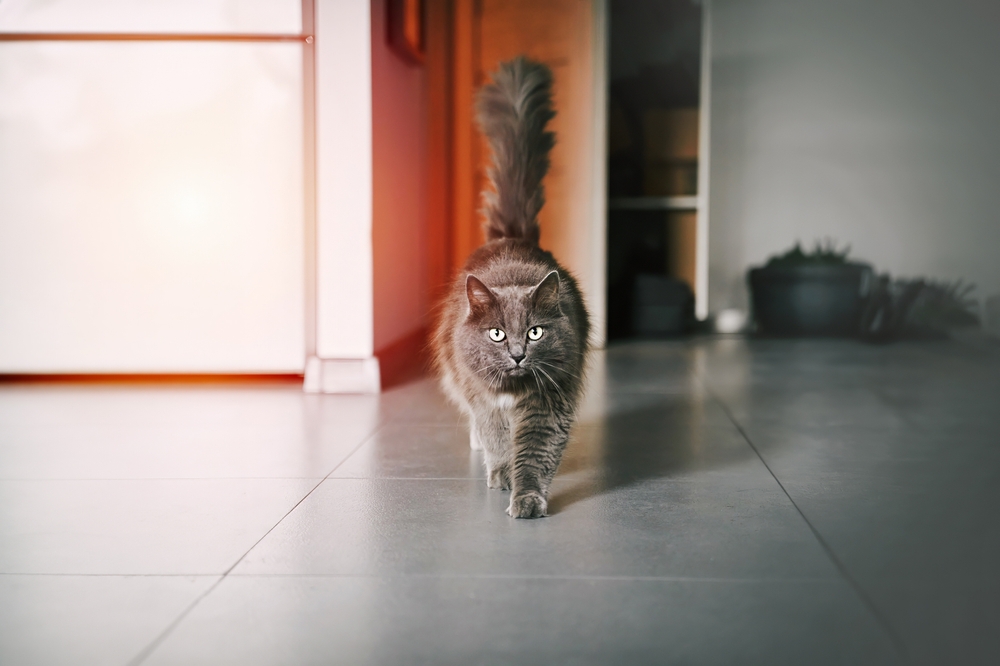
When a cat suddenly puffs up its tail, arches its back, and stares you down, it’s not just trying to look scary—it’s preparing for a possible showdown. This behavior, known as “piloerection,” makes the cat appear larger and more intimidating to a perceived threat. If the hissing and puffing continue, it’s a clear sign your furry friend feels cornered and might lash out to defend itself.
2. Snakes Coiling and Flicking Their Tongues Rapidly
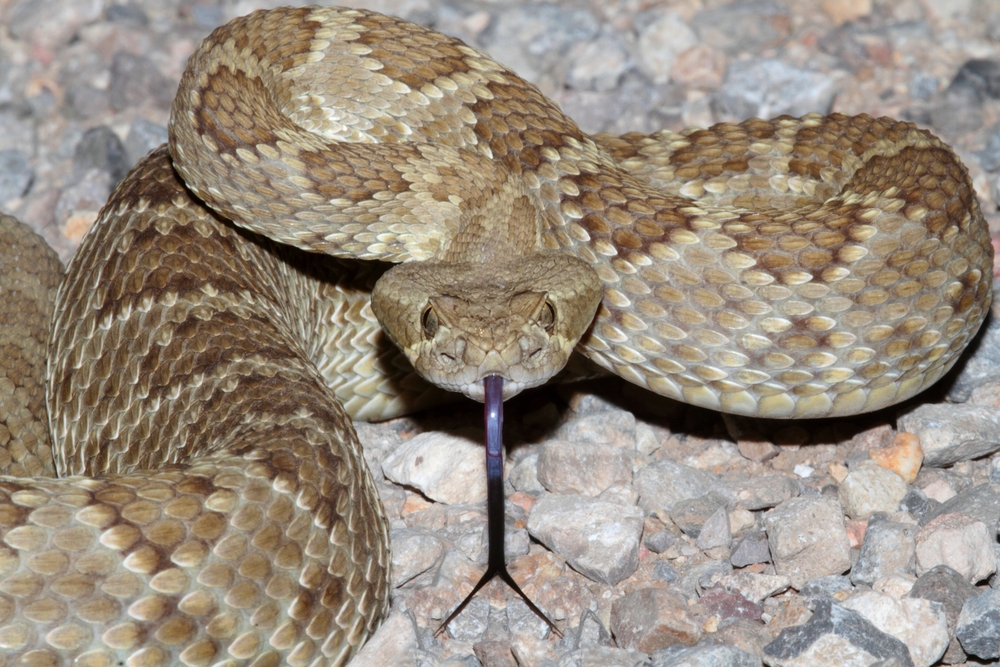
When a snake starts coiling its body tightly and flicking its tongue in quick successions, it’s doing more than sizing you up—it’s preparing for a potential strike. The tongue flicking helps the snake detect nearby scents, while the coiling readies its body for a fast, precise attack. If you see a snake doing this, it’s a clear message: stay back, or risk a venomous encounter.
3. Elephants Flapping Their Ears Aggressively
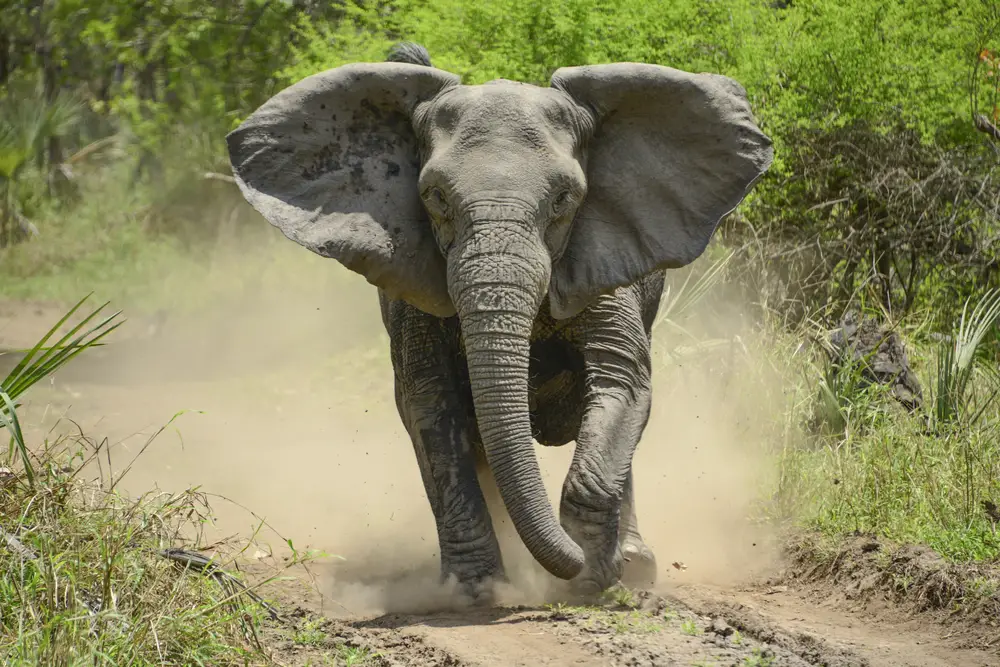
Elephants might look gentle, but when their ears start flapping aggressively and their trunk swings unpredictably, it’s a clear sign they’re feeling threatened. Flapping their ears helps them appear larger, while the swinging trunk is both a warning and a potential weapon. If you see an elephant displaying these behaviors, don’t mistake it for playfulness—move away before it charges with its immense power.
4. Dogs Freezing and Fixing Their Gaze

A dog that freezes in place, lowers its body slightly, and locks eyes with you isn’t just zoning out—it’s calculating its next move. This stiff posture is often a precursor to aggression, especially if the dog feels cornered or protective. Ignoring these signs can lead to a bite, so it’s best to de-escalate by avoiding eye contact and creating space to reduce the animal’s tension.
5. Horses Pinning Their Ears Back
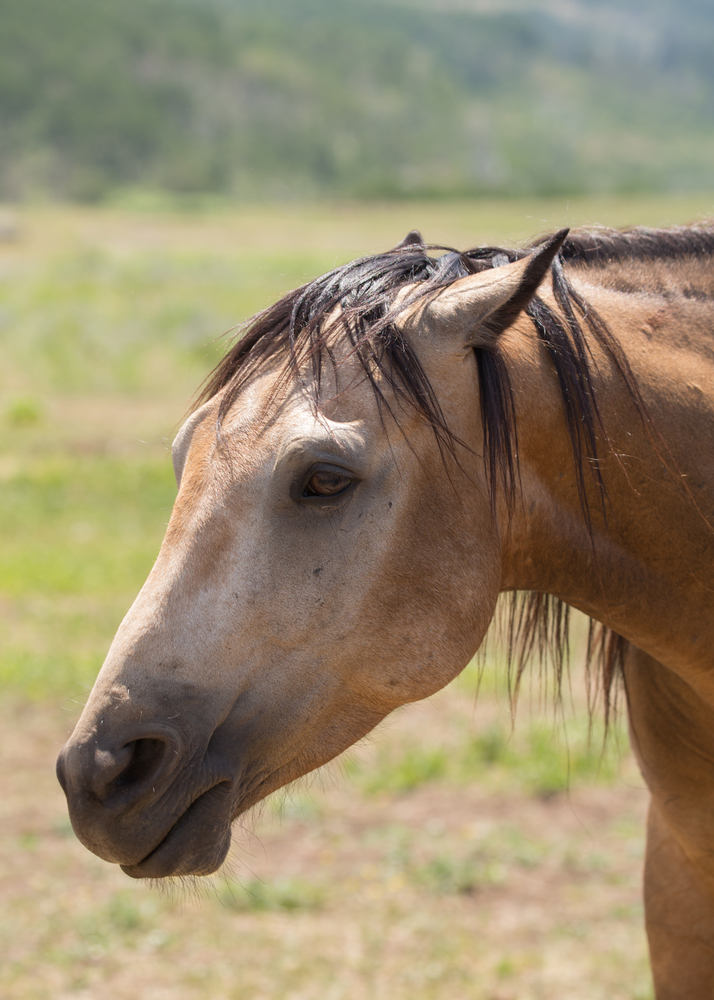
When a horse’s ears lay flat against its head, it’s more than a bad mood—it’s a direct warning. This behavior often accompanies stomping hooves or swishing tails, signaling that the horse feels threatened or irritated. If the situation escalates, the horse may kick or bite. Recognizing pinned ears and giving the animal space can prevent an unpleasant encounter with this powerful creature.
6. Gorillas Beating Their Chests and Roaring
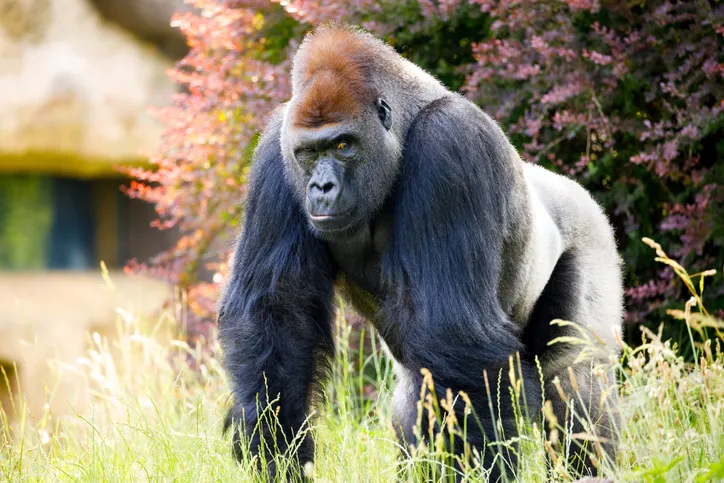
A gorilla pounding its chest may seem like an iconic jungle scene, but in reality, it’s a serious warning. This behavior is meant to assert dominance and intimidate threats. Coupled with loud roars or charges, it’s a gorilla’s way of saying, “You’re too close.” If you ever find yourself in this situation, avoid eye contact and back away slowly—it’s not a challenge you want to accept.
7. Bees Swarming Aggressively Around You
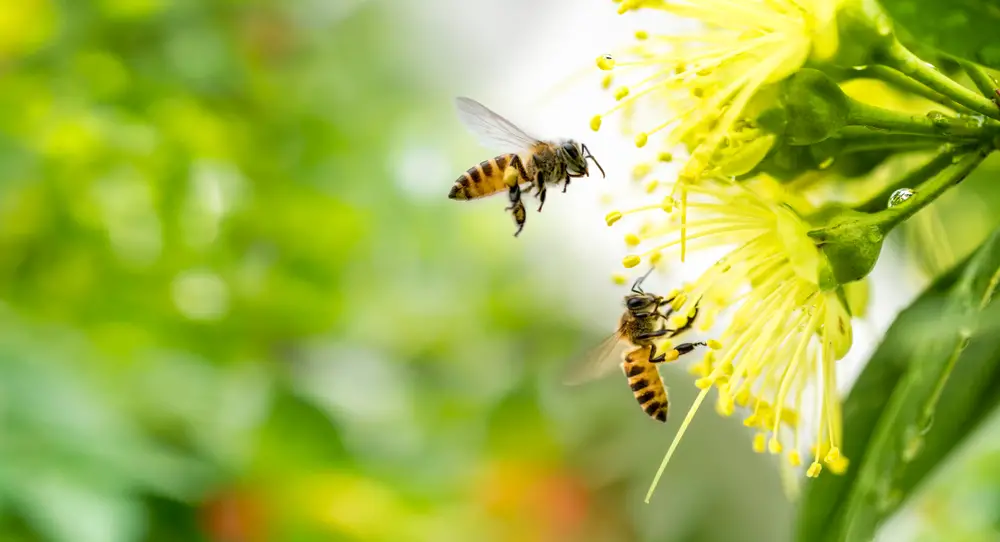
When bees begin buzzing louder and swarming closer to you, it’s not because they’re curious—it’s a sign they feel their hive is in danger. Guard bees patrol the hive and release alarm pheromones when they sense a threat, alerting the colony to defend. The louder the buzz and tighter the swarm, the closer you are to a stinger-filled encounter. Moving away calmly is your best bet.
8. Deer Stomping Their Hooves
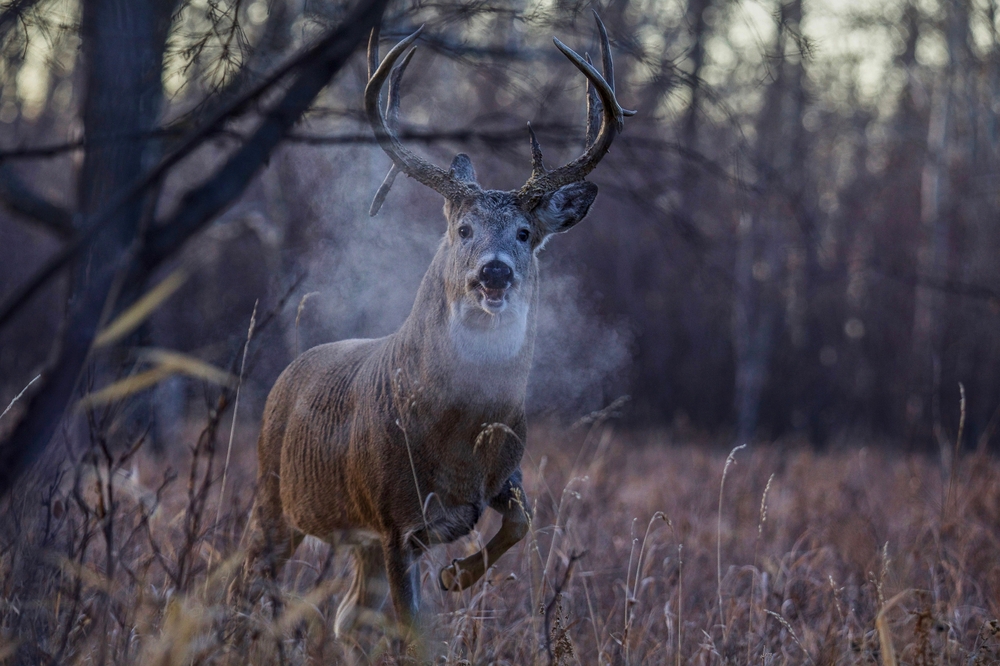
Deer may seem timid, but when they start stomping their hooves and snorting, it’s a clear sign they’re on high alert. This behavior is used to warn other deer of potential threats and to intimidate predators. If you see a deer stomping at you, it’s feeling cornered and may charge if provoked. Slowly backing away can help defuse the situation before it escalates.
9. Owls Bobbing and Swaying Their Heads
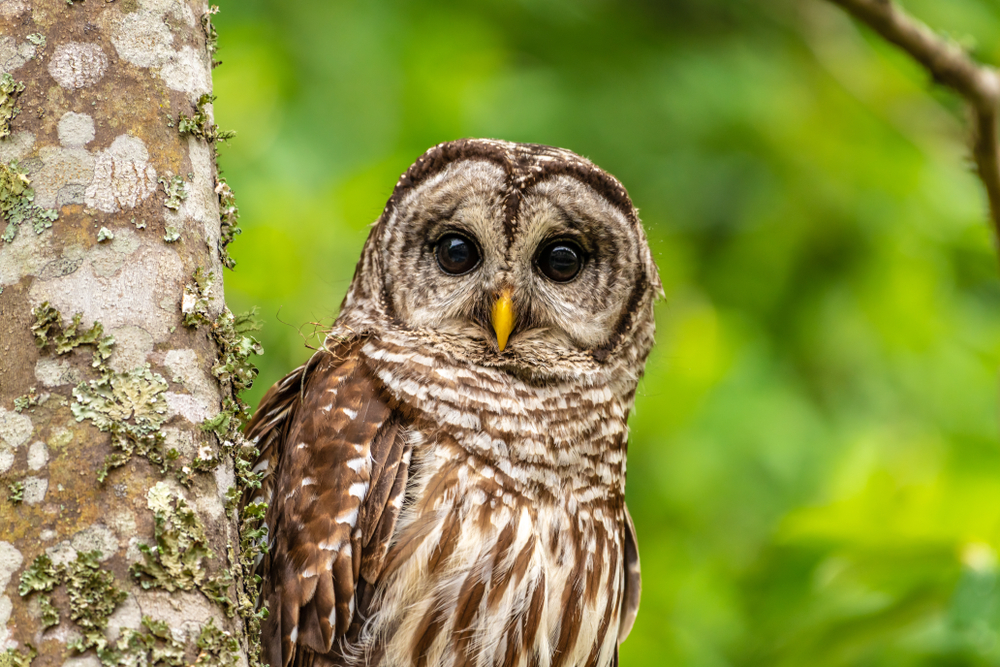
When an owl starts bobbing or swaying its head, it’s doing more than just being curious—it’s assessing a potential threat. This behavior helps them gauge distance and size, preparing them for defense or escape. If the head movements are accompanied by hissing or a defensive posture, it’s a clear sign the owl feels cornered and might attack with its sharp talons.
10. Sharks Arching Their Backs and Lowering Fins
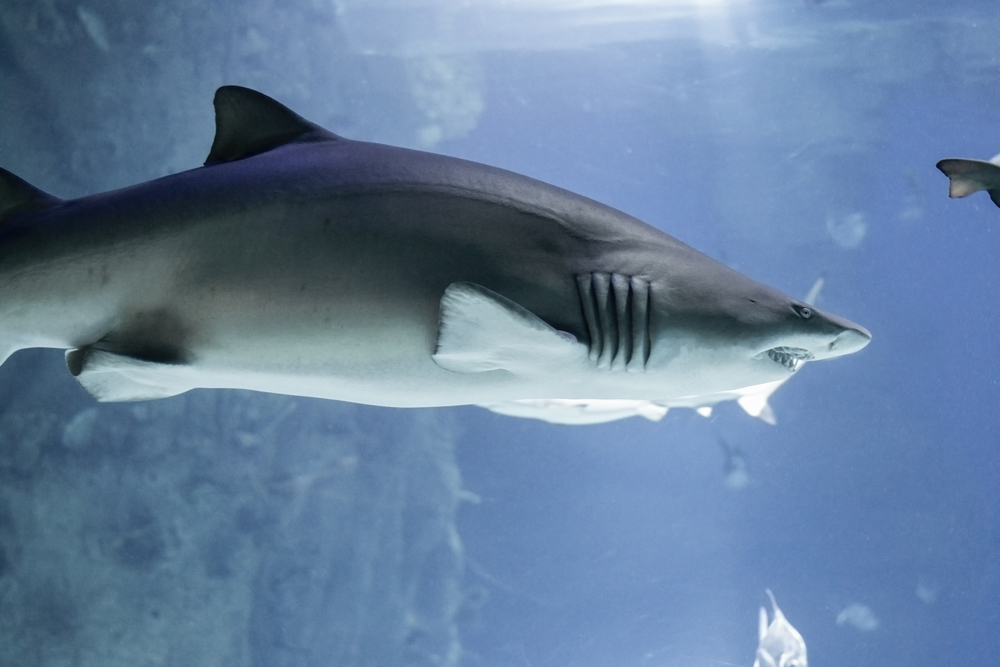
If a shark begins arching its back, lowering its pectoral fins, and swimming in exaggerated patterns, it’s not just showing off—it’s displaying classic warning behavior. These movements signal that the shark feels threatened and is preparing to defend itself. Ignoring these signs and continuing to invade its space could lead to an aggressive charge or bite. Slowly retreating is the safest response.
11. Rattlesnakes Shaking Their Tails
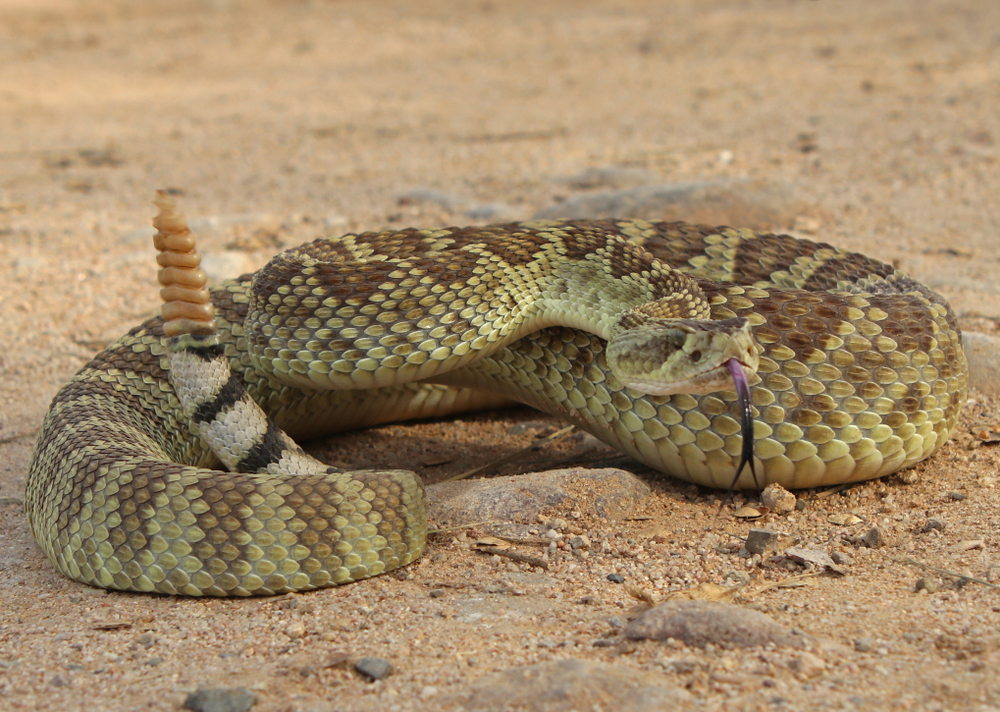
The iconic rattling sound of a rattlesnake’s tail is nature’s clearest “back off” warning. By vibrating its tail rapidly, the snake creates a chilling noise that signals danger. The rattle warns predators and humans alike that it’s ready to strike if necessary. If you hear this unsettling sound, take it seriously and create distance before the snake feels the need to act.
12. Kangaroos Standing Tall and Flexing Their Arms
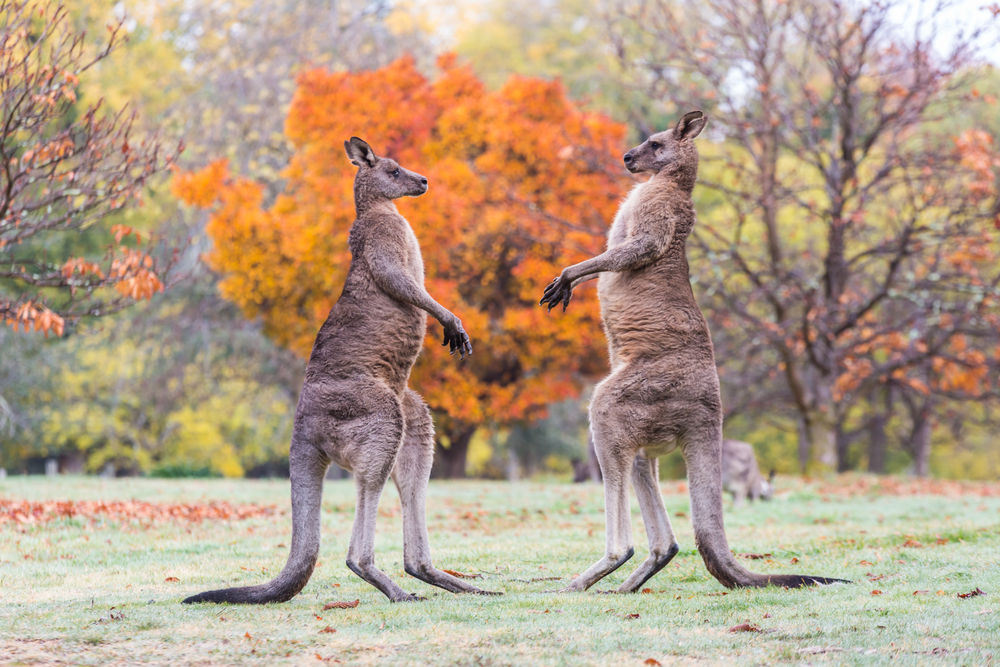
When a kangaroo rises onto its hind legs, flexes its arms, and leans back slightly, it’s preparing for a fight. These behaviors are often followed by powerful kicks with their muscular hind legs, which can cause serious injury. While they’re usually defensive, kangaroos won’t hesitate to attack if they feel threatened. Giving them plenty of space is essential to avoid a showdown with this brawny marsupial.
13. Cows Lowering Their Heads and Pawing the Ground
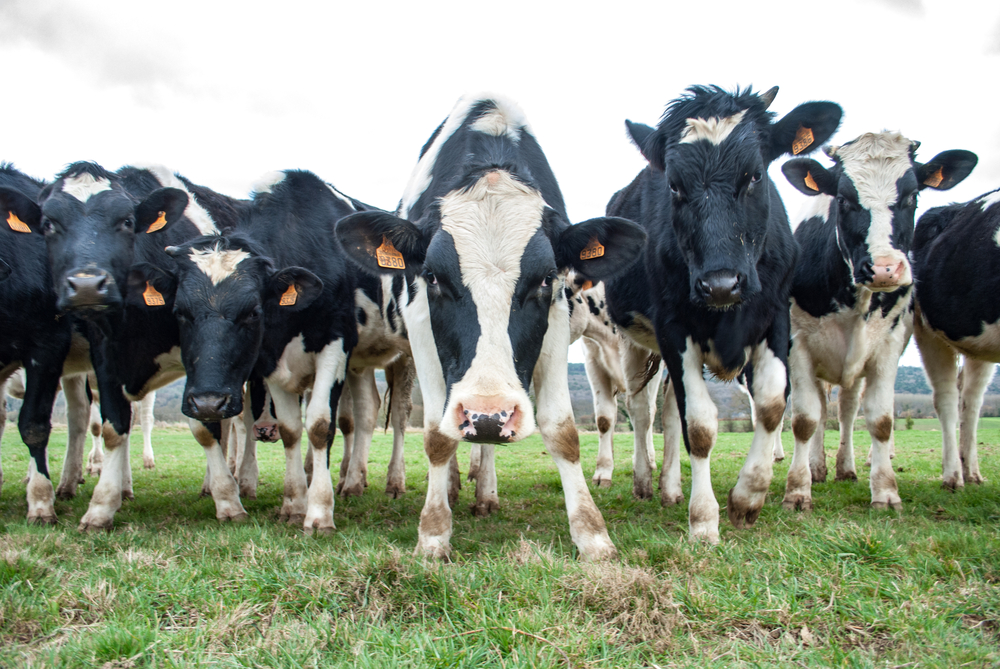
Cows might seem like docile grazers, but when they lower their heads, glare, and start pawing the ground, it’s a warning sign they feel threatened. This behavior is a precursor to charging, and their size makes even a defensive attack potentially dangerous. Cows are especially protective of their calves, so recognizing these signs and keeping your distance can help you avoid an unexpected encounter.
14. Octopuses Changing Colors and Flailing Their Arms
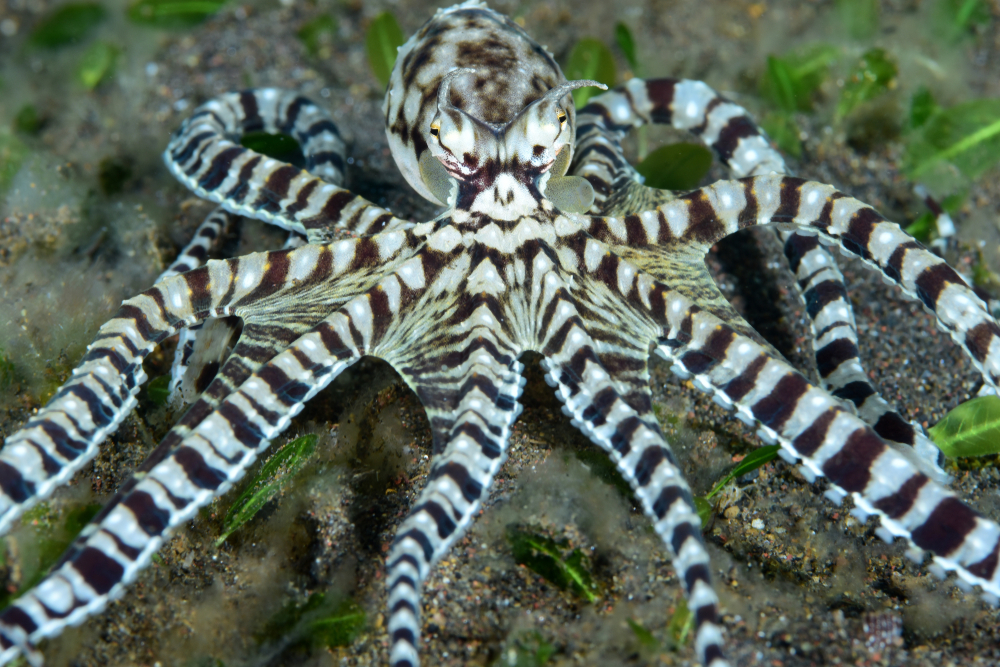
Octopuses are masters of camouflage, but when they start flashing bright colors or flailing their arms wildly, it’s not just for show—they’re warning you to stay back. These behaviors signal distress or aggression, and some octopus species will even release venom if they feel cornered. If you see these warning signs, it’s best to admire this fascinating creature from a safe distance.
15. Hedgehogs Rolling into a Ball and Hissing
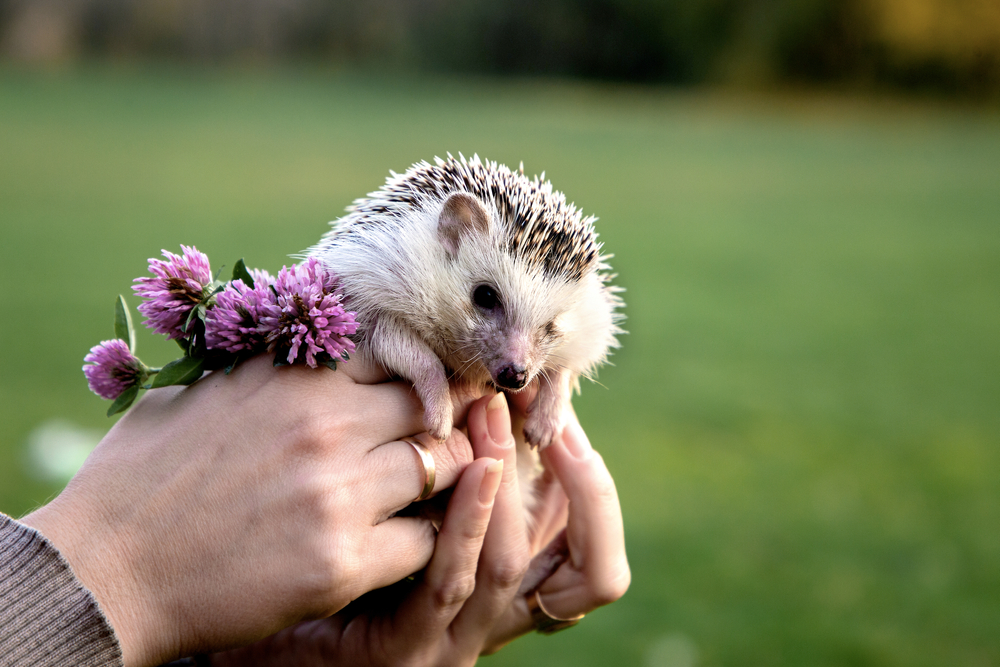
Hedgehogs may look adorable, but when they curl into a ball and begin hissing, they’re ready to defend themselves with their sharp quills. This behavior is designed to ward off predators and can escalate to a spiny charge if the threat persists. While they’re not typically aggressive, provoking a hedgehog is a surefire way to get an up-close encounter with its prickly defenses.
